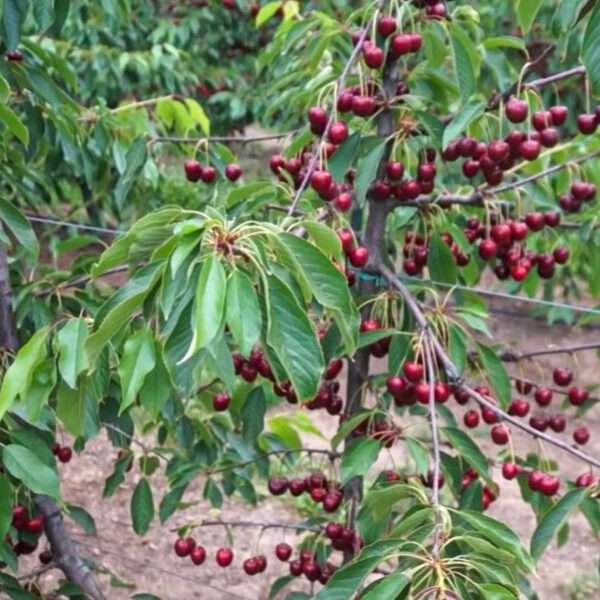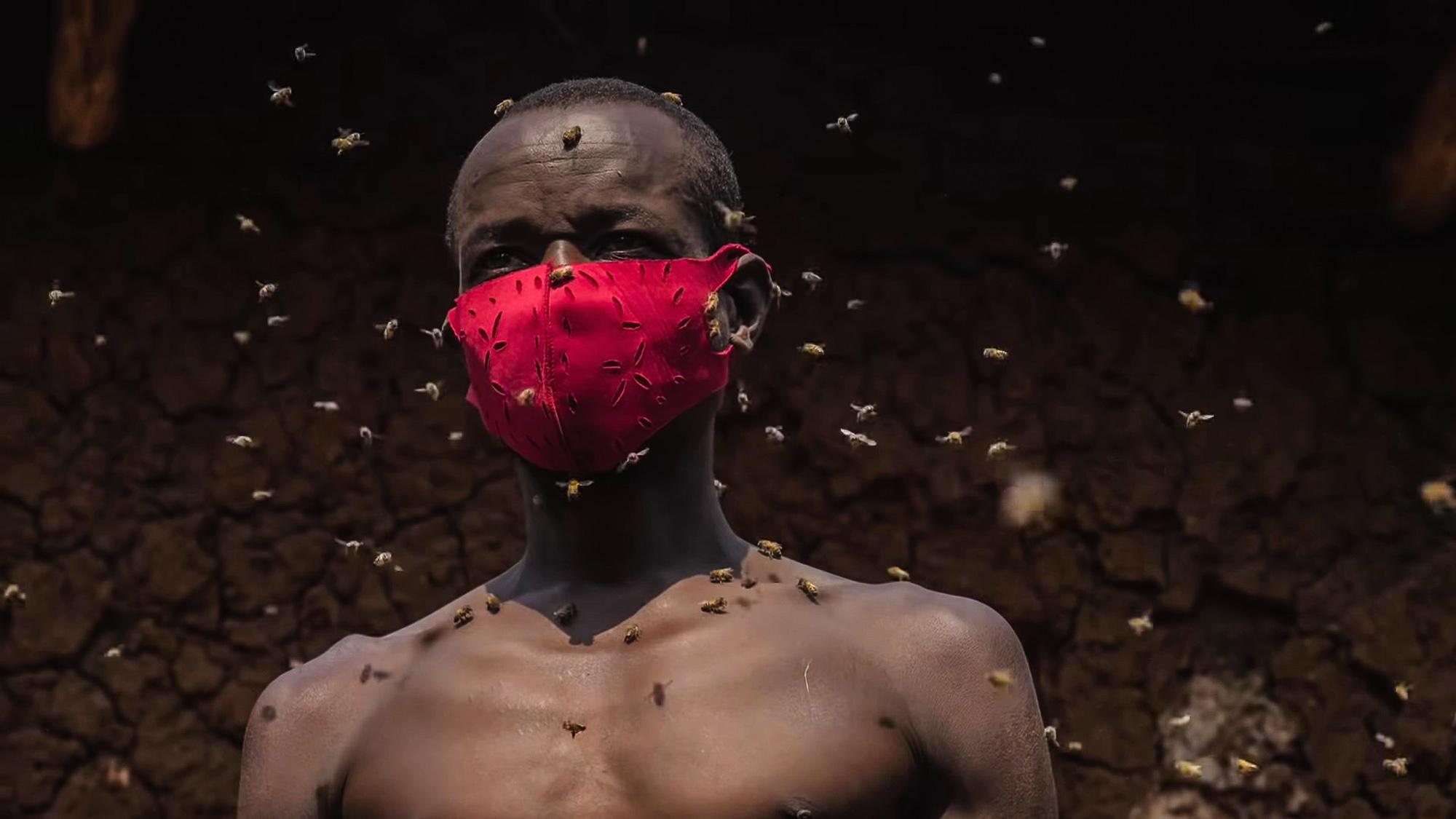Man-induced interference with the ecosystem might not be the only driving force behind the decline of insect populations, according to scientists who examined the situation in remote woodlands in the United States.
In their study, Michael Ulyshen and Scott Horn from the United States Department of Agriculture (USDA) aimed to determine the state of bee and butterfly populations over a period of 15 years.

The entomologists – who work at the USDA’s Forest Service Southern Research Station in Athens, Georgia – focused on three relatively undisturbed forested locations in the southeastern United States.
Michael and Scott determined that the abundance of bees dropped by more than 62 per cent while butterflies, another important pollinator species, suffered slightly less (58 per cent).
They pointed out: “Unexpectedly, we detected much stronger declines in the richness and abundance of above-ground-nesting bees (81.1 per cent and 85.3 per cent, respectively) compared with below-ground-nesting bees.”
After having evaluated the situation between 2007 and 2022, the experts concluded: “Our results suggest that sharp declines in pollinators may not be limited to areas experiencing direct anthropogenic disturbances.”

According to the USDA entomologists, a rise in the mean annual minimum temperature near their study sites could have caused the population decrease.
The experts also mentioned an invasive wood-nesting ant “that has become increasingly widespread and abundant in the region over the course of this study.”
They explained: “Despite growing concerns about pollinator declines, evidence that this is a widespread problem affecting entire communities remains limited.”
The USDA is a federal executive department headquartered in Washington, D.C. The institution focuses on meeting the demands of commercial farming and livestock food production. However, it also claims to be keen on protecting natural resources.
The USDA’s research centre in Athens says on its website: “We generate knowledge of forested ecosystems across the South and beyond – their management, threats they face and the fundamentals of these varied ecosystems.”












